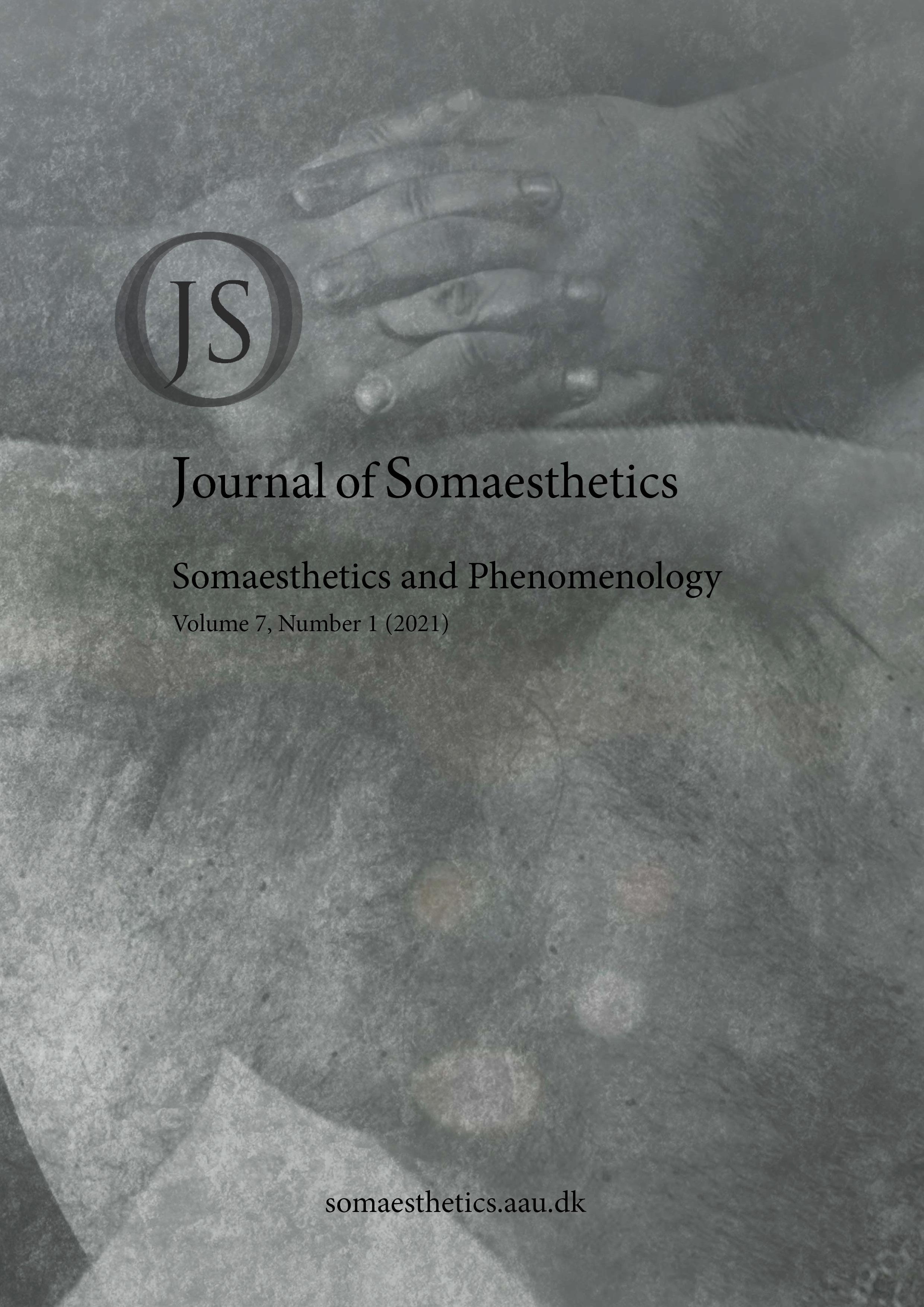Corporeal Landscapes
Can Somaesthetics and New Phenomenology Come Together?
Abstract
The paper compares Shusterman's somaesthetics and Schmitz's new phenomenology in terms of the central theme of the lived body for the first time. It shows, first, that the criticisms made by the former on the latter (which only would aim at revealing the alleged primordial, foundational, and universal embodied dimension, as well as merely describing its essence) do not fully capture the neo-phenomenological approach, which is much more rooted in the life-world and proprioceptive praxis of traditional phenomenology. Although starting from very different languages, philosophical assumptions, and relations to the natural sciences—without ignoring the difference between a phenomenological return to "things themselves" and a pragmatist melioristic aesthetics—the following can be shown: both theories transgress disciplinary boundaries; oppose the Western repression of the (especially lived) body and exclude a disembodied conception of consciousness; oppose the thesis of performative forgetfulness of the body and pay original attention to intercorporeality as well as the bodily styles of individuals, groups, and epochs (even in an atmospheric sense); aim not only at better explaining our experiences, but also improving it by somatic training (not with the same intensity and confidence for both of course) based in the conviction that philosophy can be an art of life or, at least, an attempt to change one's life through the awareness of how one feels affectively-bodily in the world. However, these unexpected and, at least, partial convergences certainly do not eliminate a different global attitude towards philosophical research and confidence in the potential of meliorism. Nevertheless, they do suggest the possibility of a fruitful dialogue in the name of the lived body and the critique of the excesses—both spiritualistic and materialistic—of Western culture.
Downloads
Published
Issue
Section
License
Articles published in The Journal of Somaesthetics are following the license Creative Commons Attribution-NonCommercial-NoDerivs 4.0 Unported (CC BY-NC-ND 4.0). Authors retain copyright and grant the journal right of first publication with the work simultaneously licensed under a Creative Commons Attribution License: Attribution - NonCommercial - NoDerivs (by-nc-nd). Further information about Creative Commons
If excerpts, tables, figures, charts, artwork or photographs from other copyrighted works are included in an article, it is the author’s responsibility to obtain written permission from the copyright owners and credit the source’s in the article and citation list.


